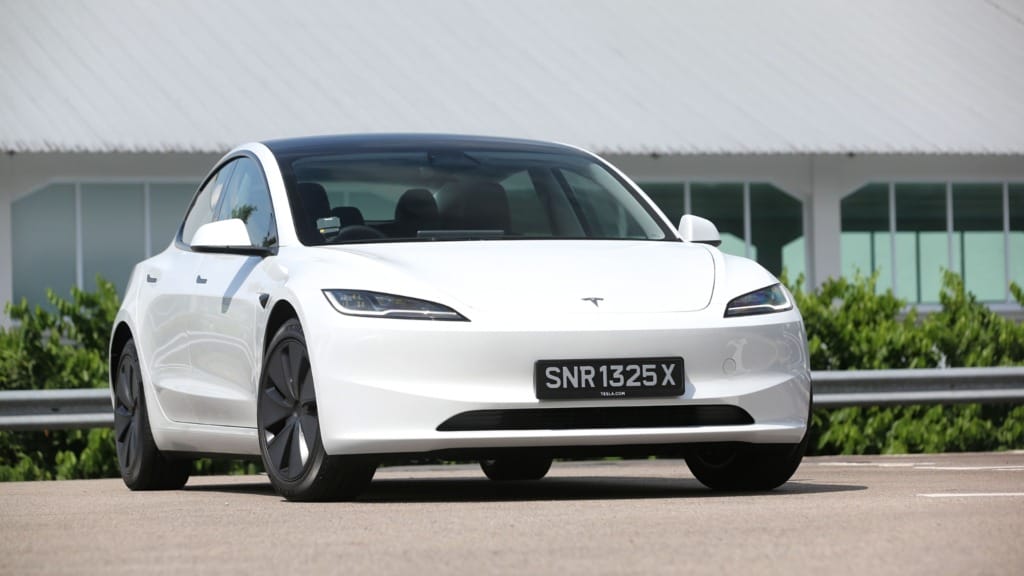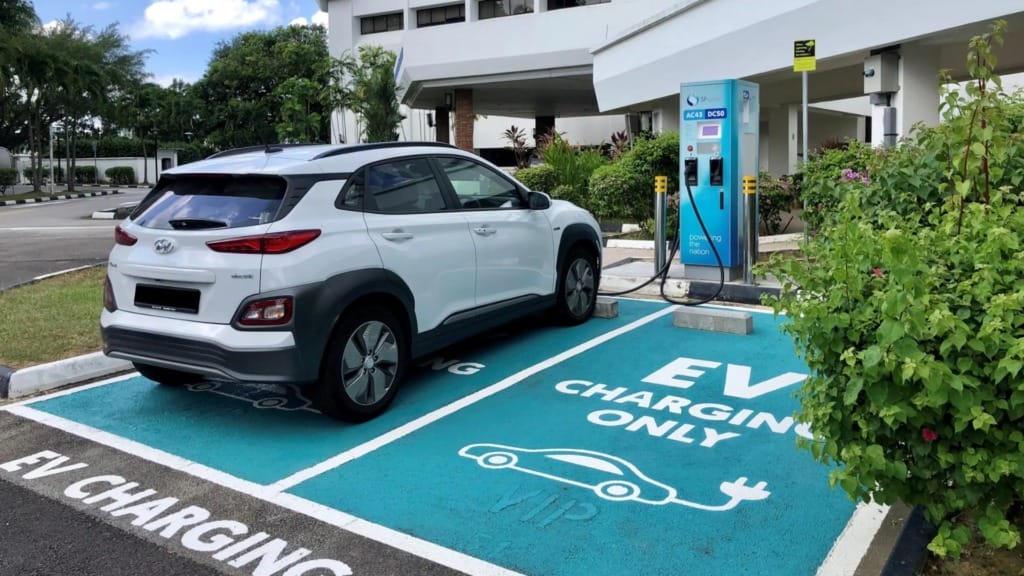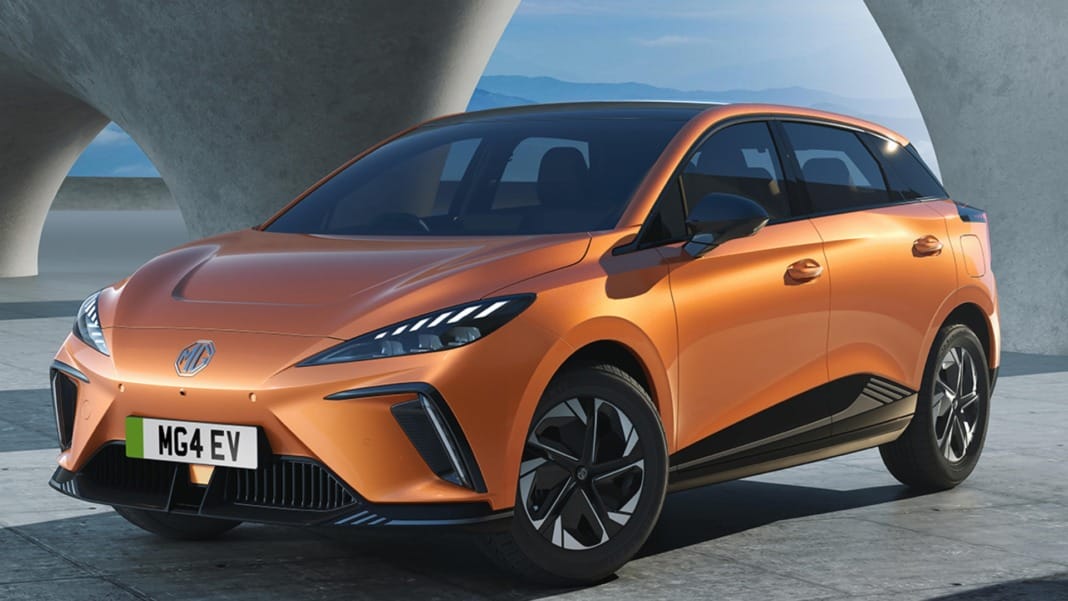Electric Vehicles (EVs) are becoming more common in Singapore, driven by both government policies and growing consumer interest. As part of its sustainability goals, Singapore is pushing for widespread EV adoption by improving infrastructure and offering financial incentives. The shift away from petrol and diesel cars aligns with the nation’s Green Plan 2030, which aims to reduce carbon emissions and promote cleaner transportation options. However, making the switch to an EV is not just about environmental concerns. It also involves financial and practical considerations that affect daily use and long-term costs.
While EVs promise lower running expenses than petrol vehicles, the high upfront costs and charging accessibility remain key concerns. Government rebates help reduce some of the initial expenses, but COE prices still make EVs expensive. At the same time, charging infrastructure is still developing, with many HDB and condominium dwellers facing challenges in finding convenient charging stations. Unlike petrol refuelling, which takes only minutes, EV charging requires more planning, especially for those who rely on public charging points.
To determine whether getting an EV is genuinely worth it in Singapore, we need to examine several factors in detail. This includes government policies and incentives, the state of charging infrastructure, the environmental impact, market trends, and personal considerations. By looking at each of these areas, you’ll better understand whether an EV is a suitable choice for your lifestyle and needs.
Government support and financial incentives
The Singapore government has been actively promoting EV adoption through various financial incentives. One of the most significant schemes is the EV Early Adoption Incentive (EEAI), which provides a 45% rebate on the Additional Registration Fee (ARF), capped at S$15,000. In addition, the Vehicular Emissions Scheme (VES) offers an extra rebate of up to S$25,000 for vehicles that meet the lowest emission bands. These combined incentives help lower the upfront cost of purchasing an EV, making them more attractive compared to petrol-powered cars.

Another major benefit is the removal of the ARF floor for mass-market EVs, which allows some electric models to have an ARF as low as S$0. This policy, which runs until 31 December 2025, is designed to encourage more people to make the switch. However, while these rebates are helpful, they do not eliminate the high cost of ownership. The Certificate of Entitlement (COE) remains a significant expense, often pushing the total price of an EV beyond what many buyers can afford.
Despite these cost-saving measures, EVs in Singapore are still relatively expensive. Popular models such as the Tesla Model 3, BYD Atto 3, and Kia EV6 often exceed S$150,000, even after factoring in incentives. While EVs offer long-term savings in fuel and maintenance, the initial financial commitment can be a deterrent. The long-term value proposition depends on how much you drive and whether the savings outweigh the higher purchase price.
Beyond direct financial incentives, Singapore is also preparing for a future where internal combustion engine (ICE) vehicles are phased out. By 2030, the sale of new diesel cars will be banned, and all newly registered cars must be cleaner-energy models. This shift signals a strong push toward EVs, but whether this transition is seamless will depend on how quickly infrastructure and affordability improve.
Charging infrastructure and convenience
Charging accessibility is one of the biggest concerns for EV adoption. Unlike petrol stations, which are easily found across Singapore, EV chargers are still not as widespread. The government has plans to install 60,000 public and private charging points by 2030, with 40,000 in public carparks and 20,000 in private premises. This expansion is meant to support EV owners, particularly those who do not have access to home charging.

For landed property owners, home charging is a major advantage. Installing a private charger allows for overnight charging, eliminating the need for frequent public charging station visits. However, for HDB and condo residents, charging remains a challenge. The EV Common Charger Grant (ECCG) has been introduced to help install chargers in private condominiums, but many older buildings still lack charging points. Public chargers are being added in more HDB carparks, but availability varies by location.
Charging speed is another factor to consider. While fast chargers can charge a battery to 80% in 30–60 minutes, most regular public chargers take 4–8 hours. This makes it less convenient compared to petrol refuelling, which only takes a few minutes. Planning when and where to charge becomes a necessary part of EV ownership, particularly for those who rely on shared public chargers.
Another issue is cost. While home charging is cheaper, public charging rates range from S$0.50 to S$0.70 per kWh, depending on the provider. Fast chargers tend to be more expensive, and pricing can add up over time. While still cheaper than petrol, public charging comes with additional costs that must be factored into long-term ownership expenses.
Environmental impact and sustainability goals
One of the biggest advantages of EVs is their zero tailpipe emissions, which contribute to cleaner air. In a dense city like Singapore, where traffic congestion is common, reducing vehicle-related pollution can significantly impact public health and air quality. This aligns with Singapore’s Green Plan 2030, which aims to make transport more sustainable through EV adoption and cleaner energy sources.
However, while EVs produce no emissions during operation, their overall environmental impact depends on how electricity is generated. Currently, Singapore’s power grid relies mainly on natural gas, which still produces carbon emissions. This means that EVs are not entirely emissions-free, though they are still significantly cleaner than petrol or diesel cars. As Singapore moves toward more renewable energy sources, the environmental benefits of EVs will improve further.
Another challenge is battery production and disposal. EV batteries require materials such as lithium, cobalt, and nickel, which have environmental and ethical concerns due to mining practices. Additionally, battery recycling and disposal remain a developing area, with concerns over waste management. While progress is being made in battery recycling technology, the long-term sustainability of EV batteries remains an important issue.
Despite these concerns, EVs remain a more sustainable option compared to traditional petrol and diesel vehicles. With government investment in renewable energy and advancements in battery technology, the overall carbon footprint of EVs will continue to decline. For those looking to make a greener choice, EVs are still the best option currently available in the market.
Market trends and adoption in Singapore
EV adoption in Singapore is skyrocketing, with demand increasing year over year. In 2023, about one-third of all new cars sold in Singapore were EVs, a major jump from previous years. The EV market is expected to reach US$241.8 million in revenue by 2025, with an annual growth rate of 5.96% from 2025 to 2029. More manufacturers are entering the market, offering a wider range of options across different price points.
Luxury brands like Tesla, BMW, and Porsche continue to dominate, but affordable EV options from brands like BYD, MG, and Hyundai are making EVs more accessible. This growing competition is expected to drive lower prices over time, making EVs a viable alternative for more buyers.
One concern is EV resale value. Unlike petrol cars, EV technology is evolving quickly, meaning that older models may depreciate faster as newer, more efficient models enter the market. Battery performance is also a factor, as degradation over time can affect the car’s range. However, long-term resale values are expected to stabilise as battery technology improves.
Overall, Singapore’s EV market is on a strong upward trend, with growing government and consumer support. The next few years will likely see affordability, infrastructure, and technology improvements, making EVs an increasingly practical choice for local drivers.





